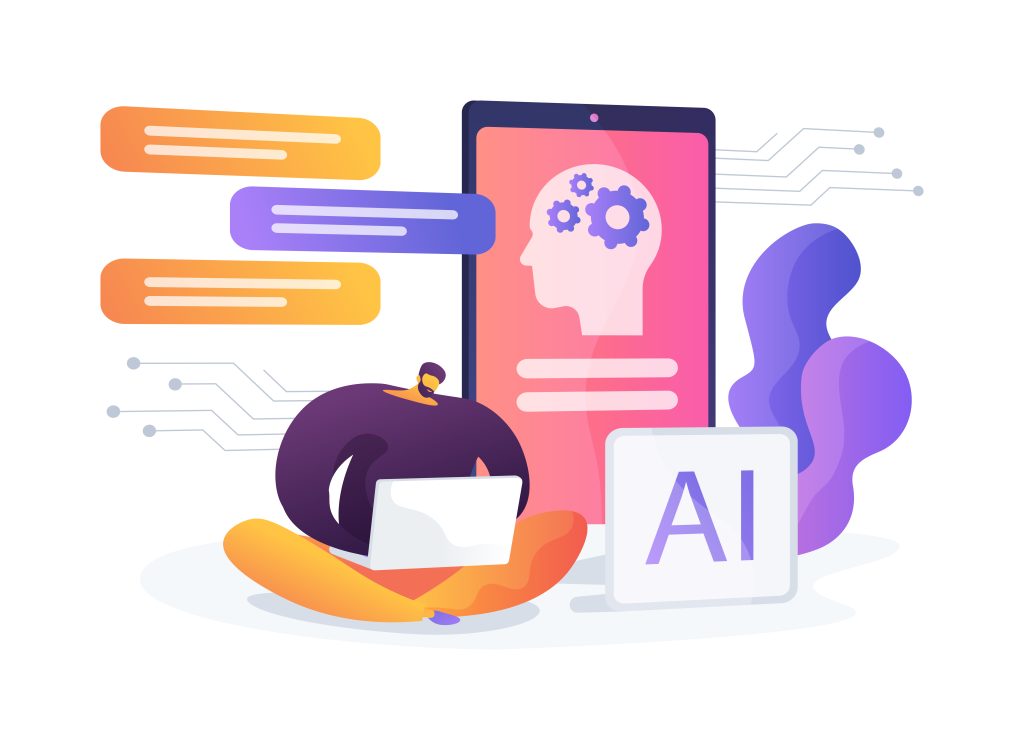For small and medium-sized enterprises (SMEs), supply chain management can be a complex web of inventory management, demand forecasting, vendor relationships, and logistics. Ensuring smooth and efficient processes is critical for success, yet the fast pace of today’s market demands agile decision-making. This is where AI-powered tools can make a difference by aiding in goal setting and helping SMEs streamline their supply chain operations.
In this blog, we’ll explore how SMEs can leverage AI prompts to enhance their supply chain processes with examples and templates.
By – Vamsi Bumireddy (CTO)
Why is AI-Powered Goal Setting for Supply Chain?
Goal setting in supply chain management involves defining clear objectives, such as reducing lead times, improving inventory turnover, or increasing on-time delivery rates. Using AI to assist in this process provides:
Data-Driven Insights
AI can analyze historical data to suggest realistic and impactful goals.
Efficiency
Automating the goal-setting process saves time and reduces the risk of errors.
Continuous Improvement
AI can help identify areas for ongoing improvement and adjust goals dynamically.
AI Prompt Templates for Supply Chain Goal Setting
Below are some prompt templates you can use to set effective goals for your supply chain team, along with example outputs for each.
1. Setting SMART Goals for Inventory Management
Prompt Template: “Create a SMART goal for the supply chain team to optimize inventory management for [specific product or category]. The goal should focus on reducing stockouts and minimizing excess inventory over the next [period].”
Example Output: SMART Goal: Reduce stockouts for Category A products by 20% and minimize excess inventory by 15% over the next quarter by improving demand forecasting accuracy and implementing a just-in-time replenishment strategy.
Why this is useful: This prompt helps ensure goals are specific, measurable, attainable, relevant, and time-bound (SMART), making them easier to track and achieve.
2. Setting Goals for Vendor Relationship Improvement
Prompt Template: “Develop a goal for enhancing vendor relationships to improve lead times and reduce procurement costs. Include KPIs to track progress.”
Example Output: Goal: Strengthen vendor partnerships by establishing quarterly performance reviews and setting clear expectations for lead time reductions. Target a 10% reduction in lead times and a 5% reduction in procurement costs over the next six months.
KPIs:
- Lead time reduction percentage.
- Cost savings in procurement.
- Vendor performance ratings.
Why this is useful: This prompt focuses on improving collaboration with suppliers, which is critical for supply chain resilience and cost-effectiveness.
3. Creating Goals for Demand Forecast Accuracy
Prompt Template: “Generate a goal for increasing demand forecast accuracy for the [specific product or product line] by analyzing historical sales data and using predictive analytics.”
Example Output: Goal: Improve demand forecast accuracy for Product X by 25% within the next two quarters by implementing predictive analytics tools and analyzing historical sales trends.
Why this is useful: Accurate demand forecasting minimizes overstocking and stockouts, leading to smoother supply chain operations and better customer satisfaction.
4. Enhancing Warehouse Efficiency Goals
Prompt Template: “Develop a goal for the supply chain team to improve warehouse efficiency by optimizing pick-and-pack processes. The goal should focus on reducing order fulfilment time.”
Example Output: Goal: Decrease order fulfilment time by 15% over the next quarter by implementing optimized pick-and-pack processes and utilizing a new warehouse management system.
Why this is useful: Faster order fulfilment improves customer satisfaction and helps SMEs stay competitive, especially in industries with high demand.
5. Reducing Logistics Costs
Prompt Template: “Set a goal for the logistics team to reduce shipping and transportation costs by [percentage] over the next [period] while maintaining delivery speed and quality.”
Example Output: Goal: Reduce transportation costs by 10% over the next six months by optimizing route planning and negotiating better rates with carriers, while maintaining on-time delivery rates of at least 95%.
Why this is useful: Lower logistics costs lead to increased profitability, and optimizing transportation can also have a positive environmental impact.
 Example Output Using AI-Generated Prompts for Supply Chain Teams
Example Output Using AI-Generated Prompts for Supply Chain Teams
Let’s look at an example scenario to see how these prompts come together.
Scenario: A medium-sized enterprise wants to enhance its supply chain processes by improving inventory management, vendor relationships, and logistics efficiency.
Prompt: “Create a SMART goal for the supply chain team to improve inventory turnover and reduce holding costs for Category B products over the next quarter.”
AI Output: SMART Goal: Increase inventory turnover for Category B products by 30% over the next three months and reduce holding costs by 15% by implementing real-time inventory tracking and working closely with suppliers to align stock levels with demand.
Prompt: “Suggest a goal for enhancing vendor relationships to improve lead times and cut procurement expenses for raw materials by using a quarterly review system.”
AI Output: Goal: Establish quarterly vendor reviews to improve lead times by 10% and reduce procurement costs by 8% over the next two quarters by setting clear performance targets and developing a scorecard for vendor evaluation.
This example demonstrates how AI prompts can help craft specific and actionable goals that are tailored to an organization’s unique supply chain needs.
How Stratpilot Can Help
Stratpilot is designed to simplify and enhance goal setting with AI-powered prompts, making it a valuable tool for SMEs looking to optimize their supply chain processes. By providing tailored insights and SMART goal templates, Stratpilot enables your team to set actionable goals, track KPIs, and make data-driven adjustments in real-time.
With Stratpilot, you can streamline tasks like inventory management, vendor relationship building, and logistics optimization—all while saving time and reducing complexity in your supply chain operations. Take control of your supply chain goals and watch your team’s efficiency soar with Stratpilot.
Get Started with Stratpilot Today!
Ready to optimize your supply chain and take your goal-setting to the next level? Sign up for Stratpilot now and leverage AI-driven insights to streamline your processes, improve efficiency, and achieve your team’s objectives faster.
Sign Up Now and experience the future of supply chain management!
Frequently Asked Questions (FAQs)
-
How can AI prompts enhance supply chain management for SMEs?
AI prompts provide tailored, data-driven insights for setting clear and achievable goals in inventory management, vendor relationships, and logistics.
-
What are the benefits of using AI for supply chain goal setting?
AI helps automate the goal-setting process, improves accuracy with data-driven insights, saves time, and enables continuous improvement by dynamically adjusting goals.
-
What are examples of SMART goals for supply chain management?
Examples include reducing stockouts by 20%, improving demand forecast accuracy by 25%, and decreasing transportation costs by 10% over a specified period.
-
Can AI tools help with vendor relationship management?
AI can help create goals to enhance vendor collaboration and improve lead times and procurement costs.
-
How does Stratpilot support supply chain optimization?
Stratpilot offers AI-powered prompts and templates that assist SMEs in setting actionable supply chain goals and improving workflows efficiently.




 Example Output for Tracking Technology Performance Metrics
Example Output for Tracking Technology Performance Metrics
 Why Negative Prompts Are a Game-Changer for AI Image Generation
Why Negative Prompts Are a Game-Changer for AI Image Generation
 Benefits of Using AI Art Prompts
Benefits of Using AI Art Prompts
 How
How 
 9. Improving Team Collaboration
9. Improving Team Collaboration





